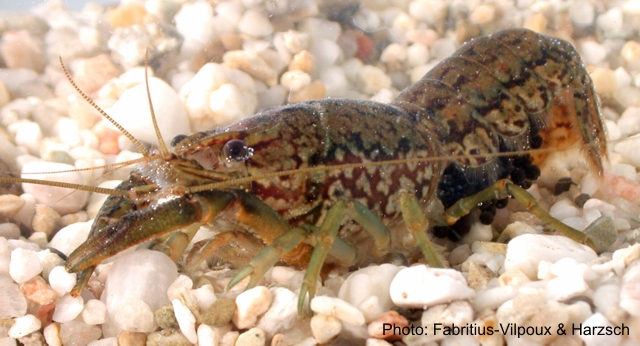 The Marmorkrebs website has moved!The new Marmorkrebs.org page is https://sites.google.com/view/marmorkrebs/. I will be losing all access to this page on 6 December 2021 and have no idea how long it might remain available. Thank you for your support. - Zen Faulkes Last updated 2 December 2021. |